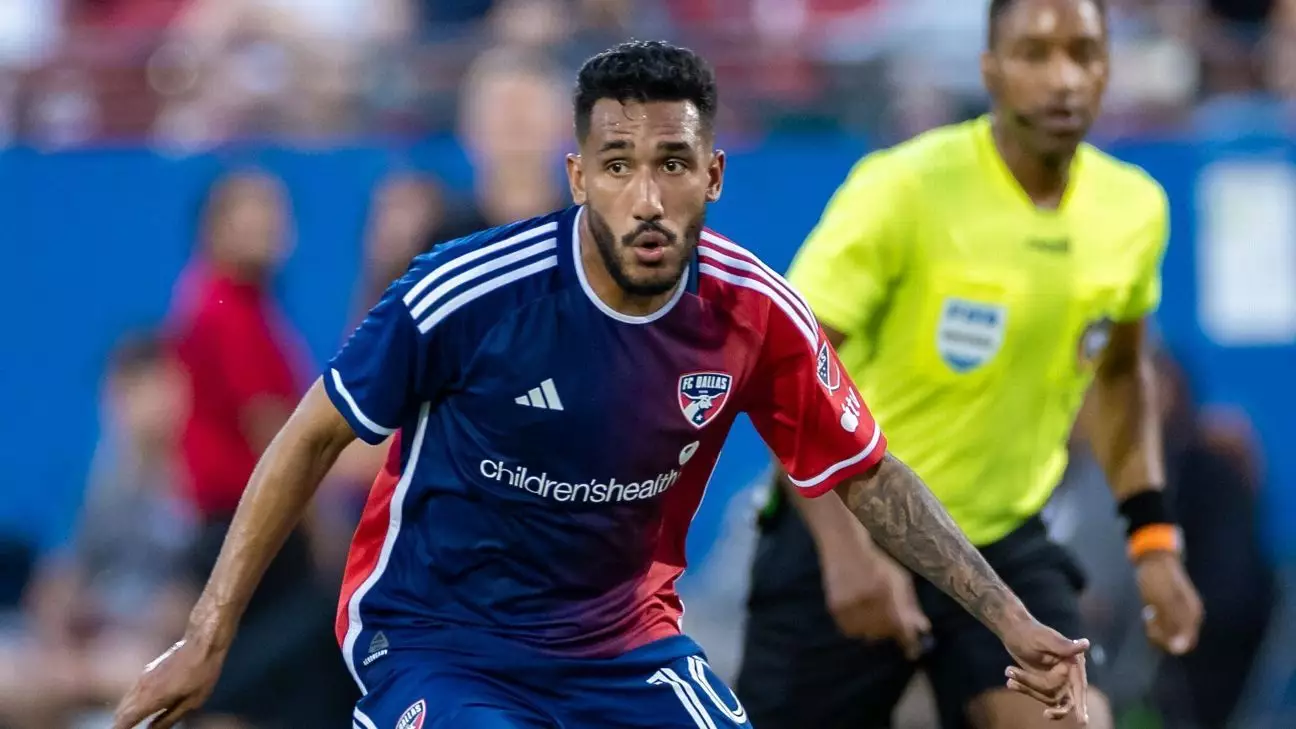As the U.S. Men’s National Team (USMNT) gears up for its January friendlies against Venezuela and Costa Rica, the spotlight is on a seasoned trio: Jesús Ferreira, Tim Ream, and Walker Zimmerman. These players bring not only experience but also a critical understanding of the competitive international landscape that the team will navigate. Manager Mauricio Pochettino’s selection of a 24-player roster reflects a strategic approach aimed at blending established talent with emerging prospects, effectively laying the groundwork for future competitions.
The matches will take place in Ft. Lauderdale on January 18 and Orlando on January 22, offering a unique opportunity for evaluation during a non-FIFA sanctioned window. As a result, 23 of the selected players are currently plying their trade in Major League Soccer (MLS). This choice underlines Pochettino’s commitment to tapping into the domestic league’s talent pool while fostering cohesion and depth within the squad.
January Camp: A Crucial Opportunity
The annual January camp has become synonymous with the initial exposure that many players eagerly anticipate. For Ream, this marks his first January camp appearance since 2011, illustrating the camp’s evolution over the years. It’s not merely a chance to gain experience; this camp serves as a vital platform for players to impress Pochettino and his coaching staff, indicating who might secure a spot in the full roster for competitive fixtures ahead.
Within this roster are seven players who will be receiving their first call-ups to the USMNT. Among them are young talents such as Patrick Agyemang from Charlotte FC and Max Arfsten from Columbus Crew. This array of fresh faces reflects a shift towards youth, imbued with the hope that a new generation can sustain and elevate the standards set by their predecessors.
Among the debutants is Matko Miljevic, a forward who carries both promise and controversy. His past indiscretions—allegations of playing for an amateur team while under contract and issues regarding discipline in Argentina—highlight a precarious trajectory in his professional career. Pochettino’s willingness to include Miljevic in this camp signals a potential for redemption, but it also raises questions about the management of players’ comportment and commitment.
Reigning MLS Young Player of the Year, Diego Luna, also makes the roster, adding excitement and potential creativity to the midfield. His inclusion signifies Pochettino’s eye not only for tactical fit but also for cultivating players who can influence the game with fresh perspectives and skill sets.
The opponents for these friendlies present distinct challenges. Venezuela has shown marked improvement, reaching the quarterfinals of the 2024 Copa América and holding their own against footballing giants like Brazil and Argentina during the 2026 World Cup qualifiers. This resurgence poses a formidable test for the USMNT, who, historically, have maintained a positive edge over Venezuela but suffered a 3-0 defeat in their last encounter in June 2019.
Conversely, the rivalry with Costa Rica has been more contentious, featuring a record that tilts slightly in favor of the U.S. With a history of closely contested matches, the Ticos have proven to be a formidable opponent, dispatching the U.S. 2-0 in their last face-off during World Cup qualifying.
For the USMNT, both matches are not just friendlies; they serve as critical assessments of the players’ readiness to compete at higher levels. Pochettino’s emphasis on establishing depth with diverse talent will be put to the test as he attempts to harmonize experience with youthful vigor.
Looking Ahead
With the Concacaf Nations League finals looming in March, where the U.S. will face Panama, the stakes are high for these January friendlies. Pochettino’s focus on implementing new ideas necessitates successful demonstrations during these matches. The blending of seasoned veterans and promising newcomers may well signal a new chapter for USMNT, one that aims for reinvigoration and success in the competitive arena of international football.
As these players come together, the potential for a cohesive national team that harnesses the strengths of both generations remains a tantalizing prospect. With the support of their fans and the drive for excellence, these matches will establish a critical foundation for the challenges that lay ahead.
